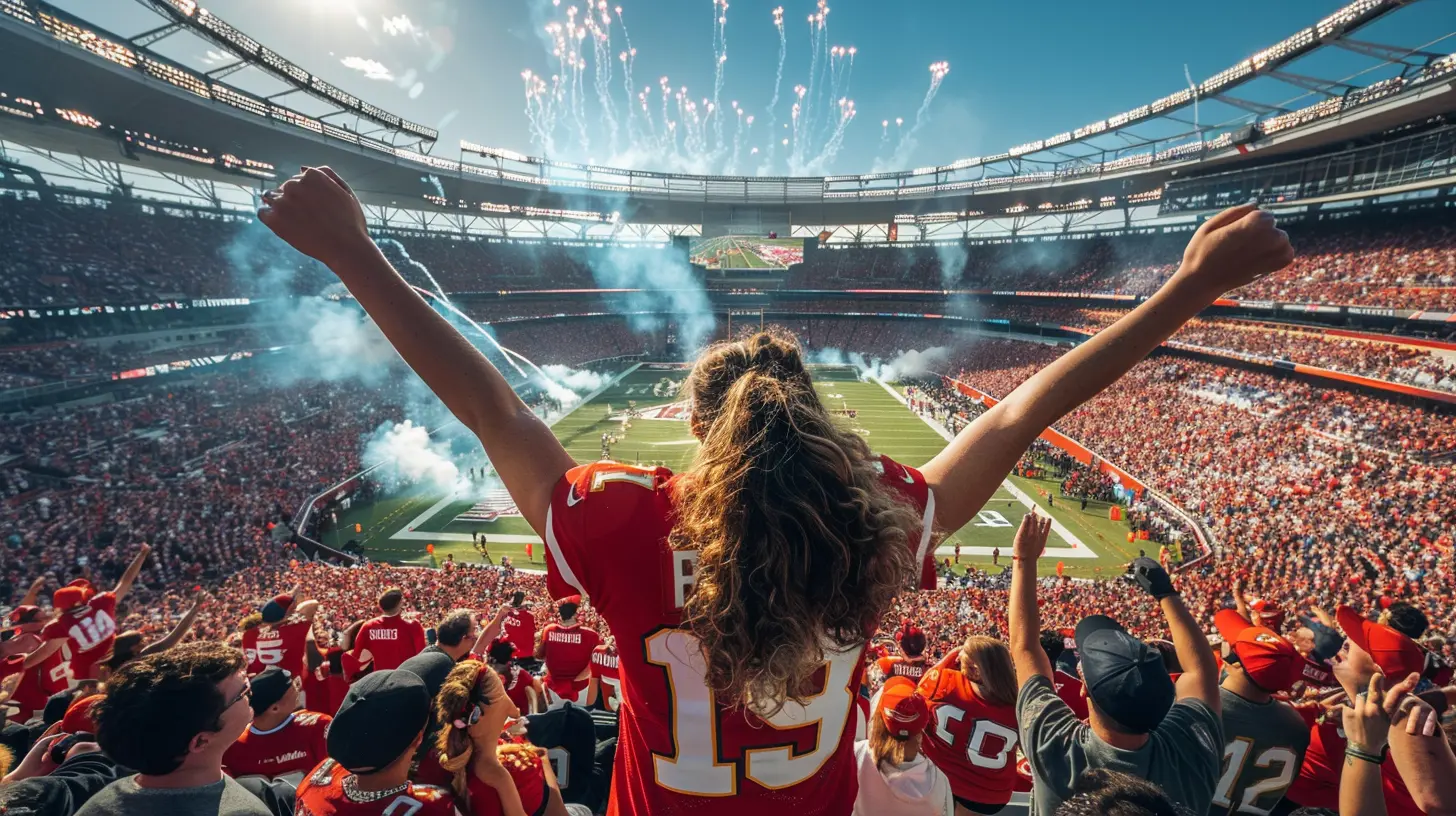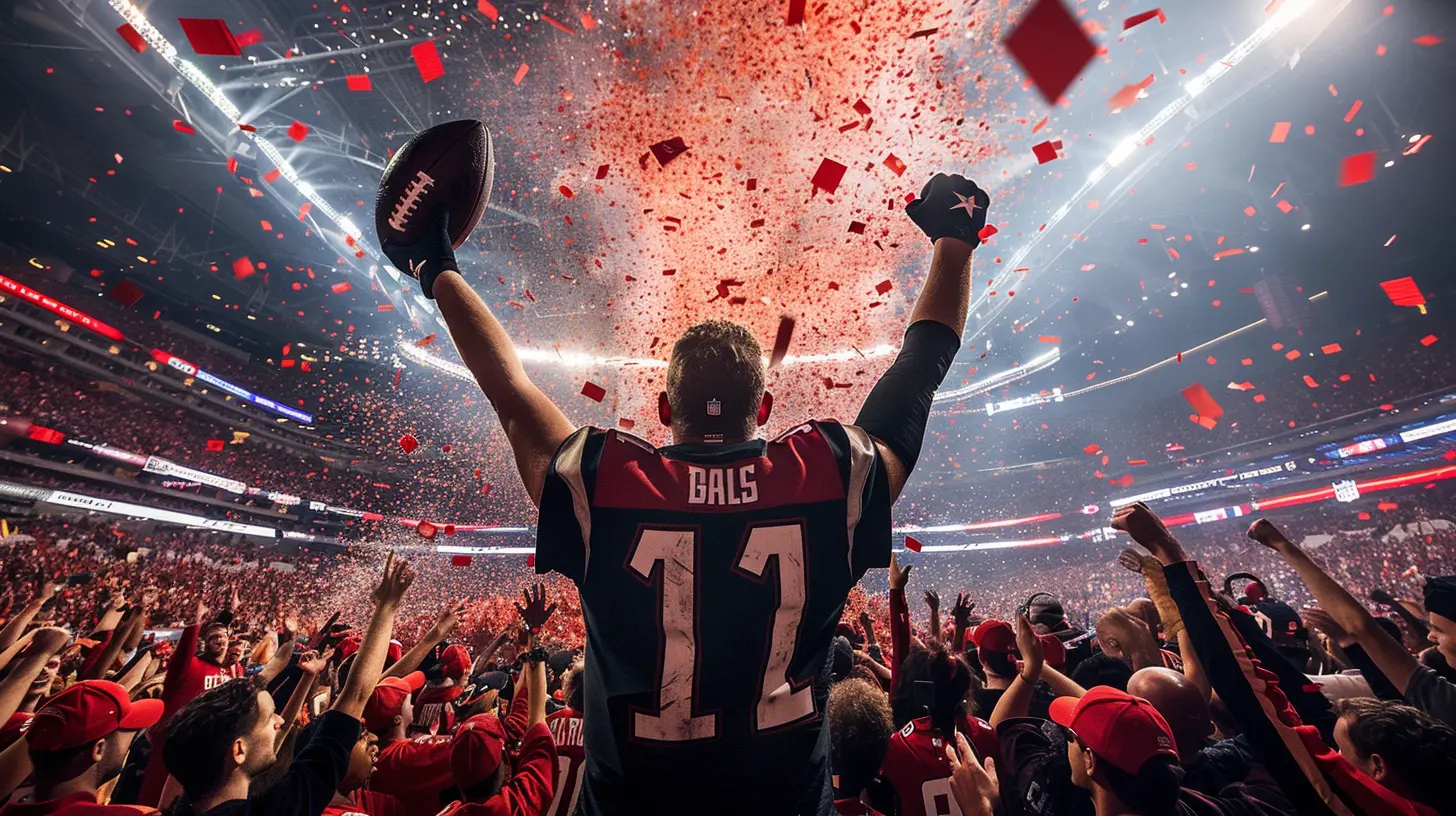1 April 2025
When it comes to game day, we usually think of the players, the coaches, and maybe even the halftime show. But what if I told you the most underrated game-changer is sitting right in the stands or tuning in from their couch at home? That’s right—I'm talking about the fans. Specifically, fan feedback.
Believe it or not, fan feedback is a secret weapon that teams and organizations can use to make game day experiences better. Whether it’s improving stadium facilities, enhancing the digital experience, or even tweaking the atmosphere, fan feedback can be incredibly influential. And let’s face it, who knows what fans want better than, well, the fans themselves?
Fan feedback is more than just a suggestion box at the stadium or a hashtag trend on social media. In today’s world, it’s a dynamic tool that sports organizations use to shape everything from ticket sales to in-game entertainment. Let’s dive deep into why fan feedback is the secret sauce to a better game day and how teams are using it to make every moment count.

The Evolving Role of Fans in Sports
More Than Just Spectators
Gone are the days when fans were mere spectators, sitting in the bleachers and cheering from afar. Today, fans are more empowered than ever. With social media, mobile apps, and direct access to teams, fans have a louder voice and a bigger influence on game day experiences. Think about it—whether you're tweeting your frustration about long concession lines or raving about a mind-blowing halftime performance, fans now have a platform to be heard.The Power of Digital Engagement
Let’s be real for a second: everything is digital now. From mobile ticketing to live stats updates, the fan experience has transcended beyond the stadium. Teams and organizations are tapping into this by collecting real-time feedback through apps, social media, and even email surveys. This digital engagement allows fans to express their views instantly, and teams can respond just as quickly. Fans aren’t just passive anymore—they’re active participants in shaping the game-day experience.
Why Fan Feedback Matters
It’s a Goldmine of Insights
Fan feedback is like finding a treasure map. It provides teams with invaluable insights they couldn’t get anywhere else. Want to know what went wrong during that last game? Ask the fans. They’ll tell you if the parking was a nightmare or if the sound system didn’t quite hit the mark. Gathering this data is like having a cheat sheet for improving future events.Helps Build Loyalty
Let’s face it, fans are the lifeblood of any sports team. Without them, there would be no roaring crowds, no game-day atmosphere, and definitely no revenue. By listening to fan feedback, organizations show that they care about their supporters. This, in turn, builds a sense of loyalty. Fans appreciate when their voices are heard, and when teams make changes based on their feedback, it makes them feel valued.Drives Revenue
Here’s the kicker: fan feedback doesn’t just lead to a better experience; it also drives revenue. Think about it—if fans are happy, they’re more likely to return to the stadium, buy more merchandise, and even splurge on those pricey VIP tickets. A satisfied fan is a paying fan. By using feedback to improve the game day experience, teams can keep fans coming back and spending more.
How Teams Are Leveraging Fan Feedback
Surveys and Polls
One of the most straightforward ways teams gather feedback is through surveys and polls. Whether it's during halftime, after the game, or even through email newsletters, these quick questionnaires give fans an easy way to voice their opinions. Teams can ask anything from "How was your parking experience?" to "What did you think of the halftime show?" The answers help them fine-tune the details that make game day more enjoyable.Social Media Monitoring
Let’s be honest: fans love to share their thoughts on social media. Teams are now keeping a close eye on platforms like Twitter and Instagram to see what the chatter is. If fans are complaining about something, it's usually trending online. By monitoring social media, teams can spot patterns and address issues before they become bigger problems. On the flip side, social media also gives teams a way to celebrate the things fans love. If fans are raving about the new mascot dance, you better believe that dance is here to stay.Real-Time Feedback via Apps
Many teams have their own mobile apps, and they’re using them to gather real-time feedback. During the game, fans can submit their thoughts on everything from the food to the seating. This allows teams to make adjustments on the fly. For example, if a certain concession stand is getting swamped, the team can send extra staff to help out. It’s like having a direct line to fan sentiment, in real-time.Focus Groups
While surveys and social media are great, sometimes teams need more in-depth feedback. Enter focus groups. By gathering a small group of fans and diving deep into their experiences, teams can get detailed insights that they might miss in a quick survey. Focus groups allow for a more personal and thoughtful dialogue, and the feedback tends to be more nuanced.
The Impact of Fan Feedback on Game Day
Improved Stadium Facilities
One of the first areas where fan feedback shines is in stadium facilities. Whether it’s the cleanliness of the bathrooms, the ease of finding your seat, or the quality of the Wi-Fi, fans are quick to share their thoughts. Teams are using this feedback to make significant improvements. In fact, many stadiums now offer amenities like charging stations, family-friendly zones, and even better food options—all thanks to fan input.Enhanced In-Game Entertainment
Let’s talk about halftime shows for a second. Remember when halftime was just a marching band? Now, it's so much more. From interactive fan games to live performances by top artists, the in-game entertainment has leveled up. And guess what? Fan feedback played a huge role in that. Teams are constantly asking fans what they want to see during breaks in the action, and they’re delivering.Better Concessions Experience
Who doesn’t love grabbing a snack during the game? But long lines and overpriced food can ruin the experience. Teams are using fan feedback to revamp their concessions. Some stadiums have introduced mobile ordering to cut down on wait times. Others have partnered with local eateries to offer gourmet options that fans actually crave. All of this is based on what fans have been asking for.The Unseen Benefits: Creating a Sense of Community
Fan Inclusion and Engagement
When fans feel like their feedback matters, they feel like they’re part of something bigger. It’s not just about sitting in a seat and watching a game—it’s about being an active participant in the entire experience. This sense of inclusion is powerful. Teams that engage with their fans and make changes based on their input foster a sense of community. Fans feel a deeper connection to the team, the stadium, and even to each other.Emotional Investment
When fans see that their suggestions are being implemented, it builds emotional investment. It becomes more than just a game; it’s a shared experience. Fans begin to feel like they have a stake in the success of the team and the event. This emotional investment leads to stronger fan loyalty, which is invaluable for any sports organization.The Future of Fan Feedback
The Role of Technology
As technology continues to evolve, so will the ways teams gather and use fan feedback. Virtual reality (VR) and augmented reality (AR) experiences are just the beginning. Imagine a future where fans can provide feedback through immersive experiences, or where artificial intelligence (AI) can predict fan preferences even before they’ve voiced them. The possibilities are endless, and fan feedback will continue to be at the heart of it all.Creating Tailored Experiences
The future of fan feedback isn't just about making minor tweaks; it's about creating personalized experiences. With the help of data analytics, teams will be able to tailor every aspect of game day to individual fan preferences. Whether it’s recommending the best parking spot based on your past visits or suggesting food options based on what you’ve ordered before, fan feedback will drive a more customized, seamless experience.Conclusion: A Two-Way Street
At the end of the day, fan feedback is a two-way street. It’s not just about what the fans want, but how teams respond and adapt to those desires. The most successful teams are the ones that embrace this relationship. They understand that fan feedback isn’t just a suggestion—it’s a roadmap to creating the ultimate game day experience.So the next time you’re at a game, remember that your voice matters. Whether you're cheering from the nosebleeds or watching from home, you have the power to shape the future of game day. And trust me, teams are listening.


